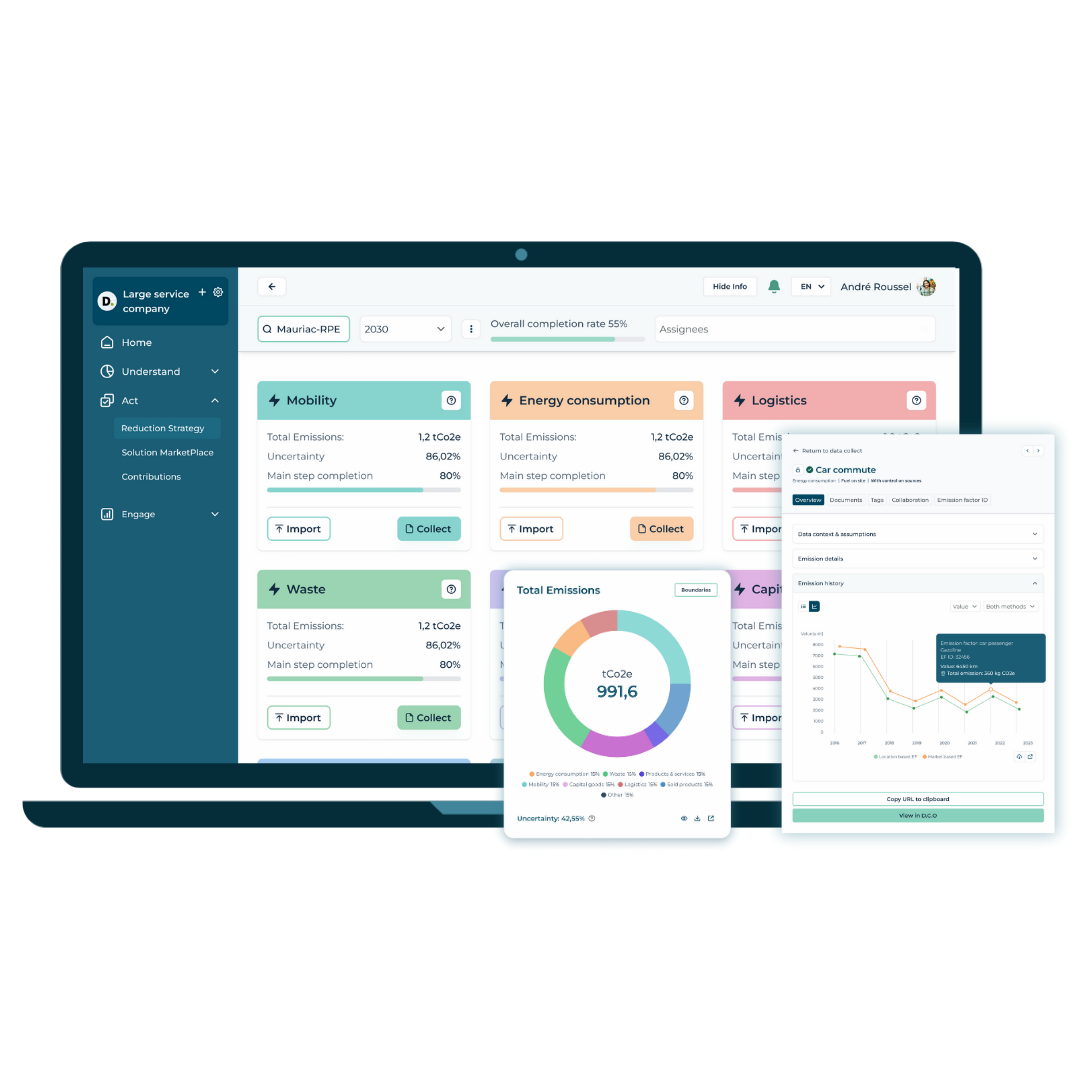
As the urgency to address climate change grows, companies worldwide are searching for effective ways to reduce their environmental impact and accelerate the transition to a low-carbon future. One valuable tool in this effort is avoided emissions. By understanding and leveraging avoided emissions, organisations can contribute to global decarbonisation while supporting others in making greener choices.
This article explores the fundamentals of avoided emissions, how they are measured, and their role within the Net Zero Initiative framework.
What are avoided emissions
Avoided emissions refer to the greenhouse gases that are prevented from entering the atmosphere due to specific actions or products. These are not the same as reducing a company’s own emissions but rather avoiding potential emissions by influencing others’ choices or processes.
For example, renewable energy projects that replace coal-fired power plants create avoided emissions by preventing carbon-intensive energy generation.
How are avoided emissions measured?
Calculating avoided emissions involves comparing two scenarios:
- Baseline Scenario: What emissions would occur without the intervention or product?
- Alternative Scenario: What emissions result from the use of the intervention or product?
The difference between these two scenarios represents the avoided emissions.
For example, if an electric vehicle (EV) prevents the use of a petrol car, the avoided emissions are the difference in emissions between the petrol car and the EV over the same distance.
This calculation requires robust data, including:
- Emission factors for baseline and alternative scenarios
- Assumptions about usage patterns
- The lifespan of the intervention or product
Avoided emissions and the Net Zero Initiative
Avoided emissions represent an essential dimension of a company’s climate contribution but must be treated as complementary to direct emission reductions. As outlined in the Net Zero Initiative by Carbone 4, avoided emissions form just one of three pillars necessary for a company’s contribution. In this context, avoided emissions are:
- the emissions avoided by offering a product or service that allows other companies to reduce their emissions
- the emissions avoided by financing carbon reduction processes
This holistic approach ensures that all actions align with the ultimate goal of limiting global warming to 1.5°C.
Discover the platform

Tapio is a carbon management software that allows companies and consultants to calculate and reduce carbon emissions.